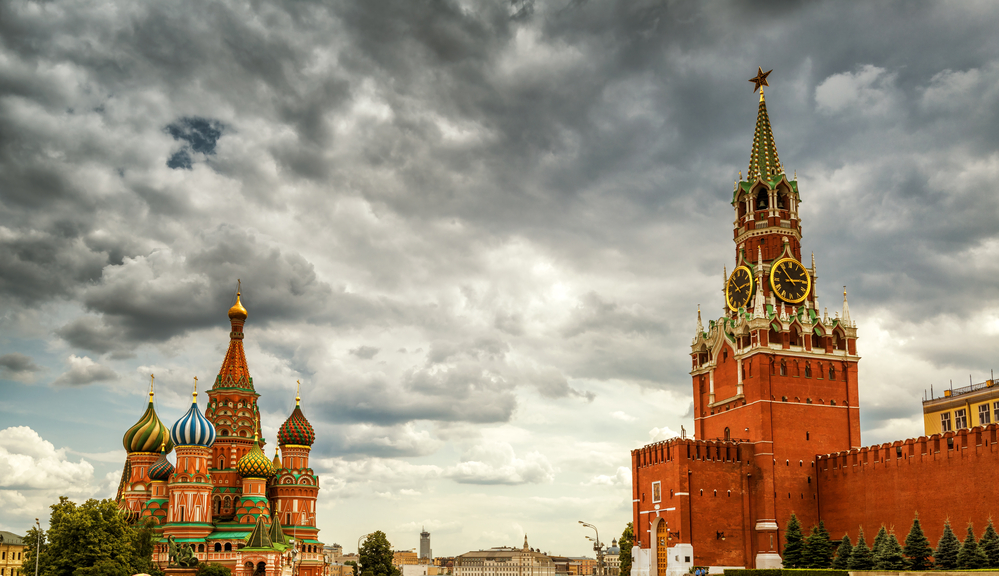After the start of the all-out war against Ukraine in 2022, Russia’s economy exceeded expectations. While the results are far from stellar, they are not catastrophic, CNN reports.
Last year, the Russian wartime economy likely grew faster than the economies of the US and key European nations. Unemployment hit a record low, and the increase in defense spending, though temporarily squeezing other areas, did not spiral out of control.
Elina Ribakova, a senior fellow at the Peterson Institute for International Economics, notes that these figures send a dual message to the Russian public: “We’re still standing.” To Ukraine’s allies: “We can outlast you.”
However, experts caution that this image of economic resilience is an illusion. The Kremlin carefully maintains the facade of a stable economy to influence its adversaries. As the war approaches its third anniversary, this mask is beginning to slip.
Some analysts describe the situation as an “economy on steroids.” While the growth may appear rapid, it is artificial and unsustainable.
“‘Steroids’ is a good one, but it still produces some muscle. I wouldn’t call this muscle. It’s more like running around on cocaine,” said Ribakova.
The Kremlin also employs a strategy of “reflexive control” to shape the adversary’s perceptions. For instance, Moscow has tried to convince the West that its economic strength can fund the war for years, nudging Ukraine’s allies toward compromises that align with Kremlin goals.
Alexandra Prokopenko, a fellow at the Carnegie Russia Eurasia Center, argues that economic growth and low unemployment have become key points in Putin’s rhetoric. However, the reality is far less optimistic. Craig Kennedy, an associate at the Davis Center for Russian and Eurasian Studies at Harvard University, says the Kremlin hides the true cost of the war through “shadow” financing mechanisms.
His research reveals that the government compelled banks to issue subsidized loans to companies linked to military contracts. From mid-2022 to the end of 2024, private lending grew by 71%, equivalent to 19.4% of Russia’s GDP. Around 60% of these loans (up to $249 billion) supported military enterprises.
This scheme risks triggering a financial crisis as “a wave of toxic debt” accumulates, potentially collapsing the banking system when war-related companies begin defaulting.
Even without a credit crisis, Russia faces significant economic challenges. The IMF forecasts GDP growth to slow to 1.4% in 2025, following a 3.8% rise in 2024. Inflation has already reached 9.5% in 2024, up from 7.4% in 2023. Some supermarkets have even locked basic goods in cabinets to combat rising theft.
Labor market issues are also creating strain. Despite a low unemployment rate (2.3%), a shortage of skilled workers is forcing companies to raise wages, adding to inflationary pressures.
Prokopenko warns that Moscow cannot continue funding both the war and the regular economy while maintaining broader economic stability.
Related:
- Finland says Russian shadow fleet tanker crew planned more cable sabotage before arrest
- Bloomberg: Three tankers with 2M barrels of Russian oil stranded off China as US sanctions bite
- YLE: Dubai firms own 55 vessels in Russian shadow fleet




